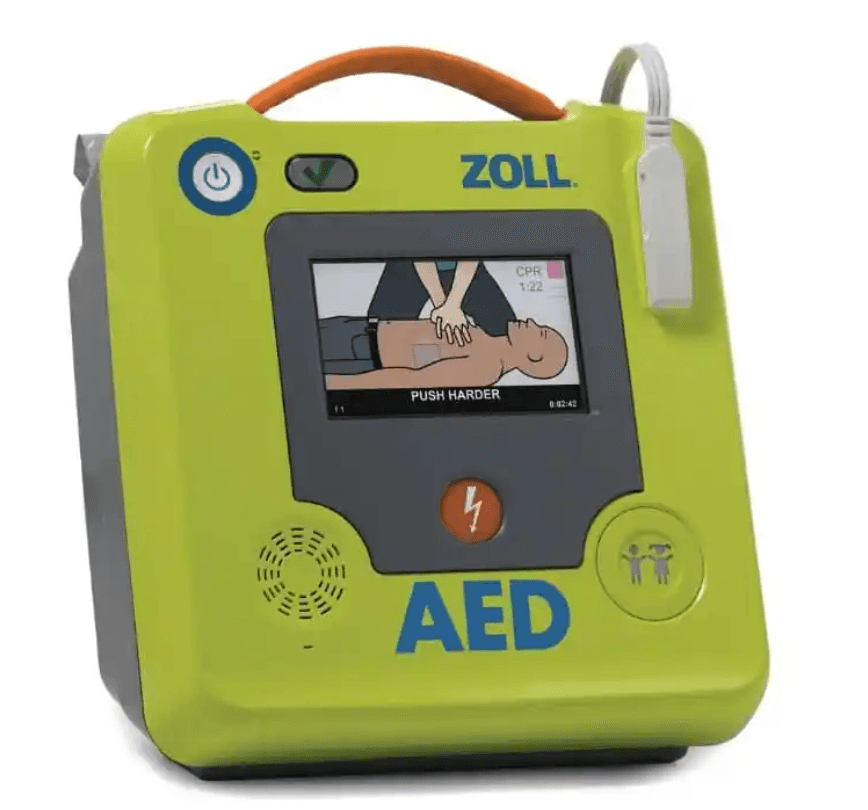Key Videos
-
Importance of AEDs
Damar Hamlin had a near-death experience when he went into cardiac arrest during a January NFL game. He's just 25 years old and plays on the Buffalo Bills.
-
Narcan for Overdoses
Narcan is the nasal application for the life-saving medication naloxone, used to reverse opioid overdoses, including heroin, fentanyl, and prescription opioid medications.
-
First Aid Oxygen
Damar Hamlin had a near-death experience when he went into cardiac arrest during a January NFL game. He's just 25 years old and plays on the Buffalo Bills.
-
Water Rescue Drone
The Fasty Water Rescue Drone is a popular Hero device at beaches as well as for industrial companies operating on rivers and other waterways. Get to the victim quicker and without jeopardizing a rescuer!
-
Vaping in Schools
Vape detectors can help deter students from vaping in schools and protect them from these health risks.



































